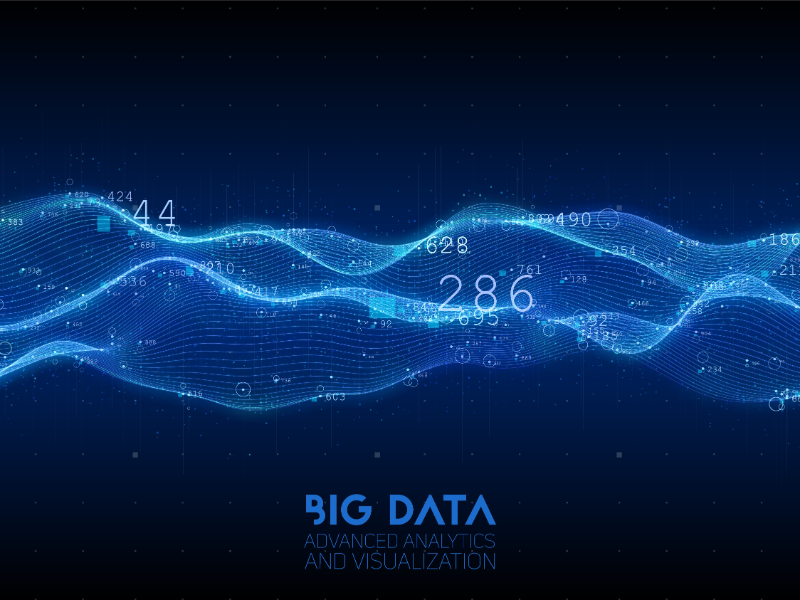- Data collection/harvesting is the process of extracting data from different sources such as websites, online surveys, user feedback forms, customer social media posts, ready-made datasets, etc.
- Data collection can be simply understood as the process of acquiring model-specific information to train AI algorithms better.
The adoption of generative AI and other AI-powered solutions is rapidly growing. Organisations need to collect and harvest large amounts of data, either by themselves or by working with AI data collection services, to successfully leverage these technologies, specifically to train and improve them. Due to this growing need for data, AI data collection has gained more interest over the past few years.
What is AI data collection
Data collection or harvesting is the process of extracting data from various sources such as websites, online surveys, user feedback forms, customer social media posts, and ready-made datasets. This collected data can then be used to train and improve AI/ML models.
Collecting high-quality data is one of the most important steps in developing robust AI/ML models. In other words, the accuracy of an AI model depends on the quality of its data. The principle of “garbage in, garbage out” applies here. Therefore, practices to ensure data consistency and quality should be implemented.
Also read: US looks to nuclear to address AI data centre power shortage
Also read: Zoom Updates Terms: AI Data Usage Clarified
Methods for AI data collection
1. Use of open-source datasets
There are several sources of open-source datasets that can be used to train machine learning algorithms, including Kaggle, Data.Gov, and others. These datasets provide quick access to large volumes of data that can help kickstart AI projects. However, while these datasets can save time and reduce costs associated with custom data collection, several factors should be considered. First, relevance: users must ensure the dataset contains sufficient examples relevant to their specific use case. Second, reliability: understanding how the data was collected and any biases it may contain is crucial when determining its suitability for an AI project. Finally, the security and privacy of the dataset must be evaluated; it is important to conduct due diligence when sourcing datasets from third-party vendors that adhere to strong security measures and comply with data privacy regulations such as GDPR and the California Consumer Privacy Act.
2. Generate synthetic data
Instead of collecting real-world data, companies can use synthetic datasets based on original datasets but expanded upon. Synthetic datasets are designed to have the same characteristics as the original data without inconsistencies, although the potential absence of probabilistic outliers may result in datasets that do not fully capture the complexity of the problem being addressed. For companies subject to stringent security, privacy, and retention guidelines—such as those in healthcare, telecommunications, and financial services—synthetic datasets may offer a viable approach to developing AI capabilities.
Importance of AI data collection
The topic of data collection is vast. Simply put, it involves acquiring specific information to train AI algorithms effectively so they can make proactive decisions autonomously.
To illustrate further, consider a prospective AI model as a child learning new subjects. To teach the child to make informed decisions and complete tasks, users must first ensure it comprehends the underlying concepts. This analogy reflects the foundational role datasets play in AI, serving as the basis for models to learn from.

